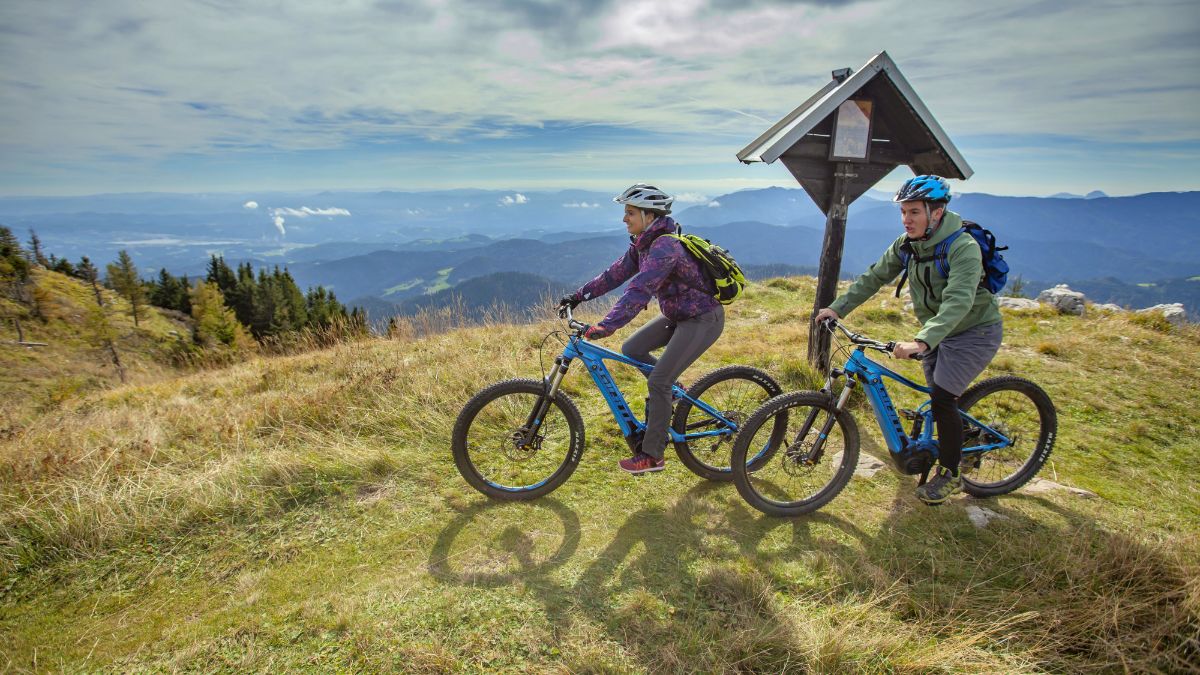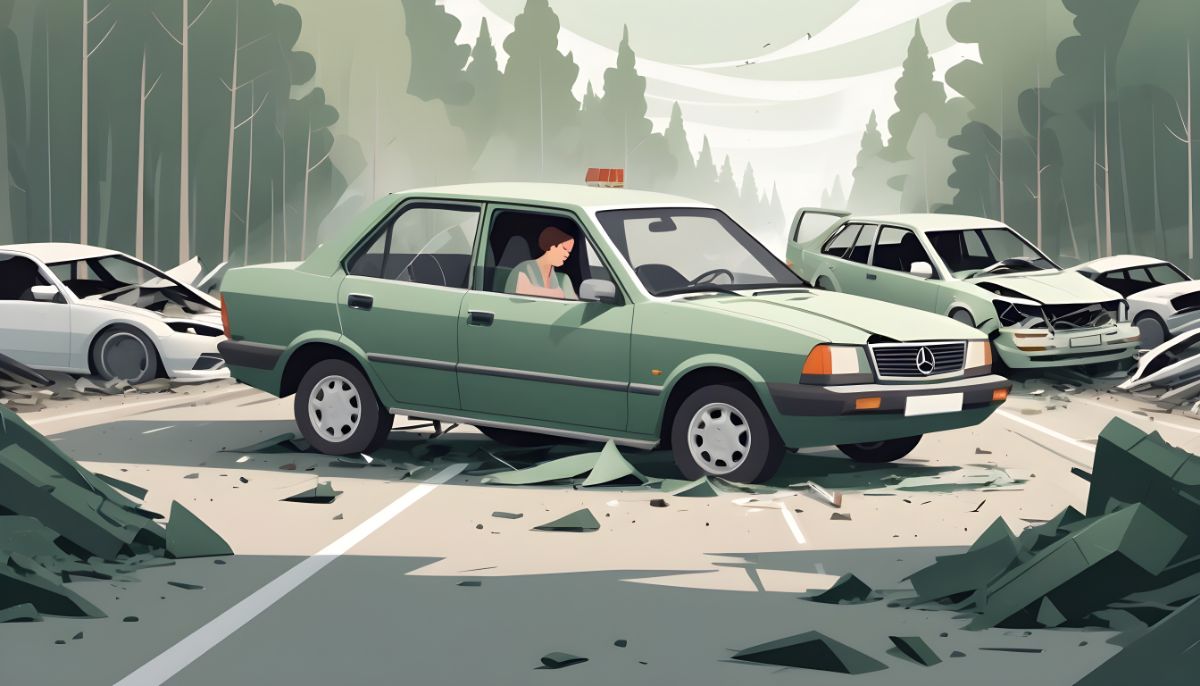
Cycling is more than just a means of transportation; for many, it is a lifestyle choice that promotes health, reduces environmental impact, and offers a unique sense of freedom. However, amidst the numerous benefits of this two-wheeled endeavor, lies an unavoidable element of risk. A bicycle accident can result in serious injury, or worse, and can often be a life-changing event for those involved. Understanding this risk underscores the critical importance of bicycle safety, a topic passionately advocated for by professionals like Szakacs Injury Lawyers.
According to the National Highway Traffic Safety Administration, there were nearly 800 bicyclist deaths in the United States alone in the most recent year for which data is available. And that’s not to mention the thousands of non-fatal accidents that occurred within the same period. In light of these alarming statistics, and with the insight from experts such as Szakacs Injury Lawyers, this article aims to provide the necessary information to help you ride your bike safely.
Essential safety gear
Safety should be your top priority when riding a bicycle, and having the right gear is an integral part of that. One of the most critical pieces of equipment for cyclists is the helmet. It protects your head and brain from severe injury in case of an accident. When choosing a helmet, make sure it fits properly and is certified by a reputable safety standards organization.
Another important piece of equipment is bicycle lights and reflectors. If you’re riding in low light conditions, such as at dawn, dusk, or night, or in inclement weather, it’s crucial to have front and rear lights to enhance your visibility. Reflectors, often attached to the wheels, pedals, or the body of the bicycle, help you be seen from different angles.
While not always considered essential, protective clothing and gear can greatly improve your safety. Consider wearing gloves to protect your hands, knee pads, and elbow pads to cushion a potential fall, and sturdy shoes that grip the pedals well.
Finally, the clothing you wear can make a significant difference in your safety. Choose bright, reflective clothing whenever possible. This will help you stand out on the road and can be particularly important in low light or poor weather conditions. Remember, the goal is not only to protect yourself in case of a crash but also to prevent accidents from happening in the first place by being visible to other road users.
Safe riding practices
Safety on a bicycle extends beyond the gear you wear. It involves understanding and adhering to the rules of the road, knowing how to navigate different terrains and weather conditions, and being aware of your surroundings at all times.
It’s essential to follow traffic rules and regulations while riding. This includes stopping at stop signs and red lights, yielding to pedestrians, and riding in the same direction as other traffic. Remember that on a bicycle, you are considered a vehicle and must follow the same laws as motorists.
Riding in different weather conditions requires special consideration. In wet weather, be aware that your brakes may not function as well, and slick surfaces can increase your chances of falling. On windy days, you may need to put in more effort to maintain control of your bicycle. During extreme temperatures, both hot and cold, ensure you stay hydrated and are dressed appropriately for the conditions.
Lastly, always be aware of your surroundings and potential hazards. This includes vehicles, pedestrians, and other cyclists, but also parked cars (watch for opening doors), road work, potholes, and other road defects. By staying alert, you can anticipate potential problems and react in time to avoid an accident.
How to handle challenging conditions
Riding a bicycle isn’t always straightforward. There will be instances when you need to negotiate complicated situations and making the right decision can be critical for your safety.
When riding near pedestrians and other cyclists, it’s important to maintain a safe distance and always be alert to sudden movements. Use your bell or voice to signal your approach, especially if you’re coming from behind. Respect pedestrian spaces like sidewalks and crosswalks; remember, they have the right of way.
Cycling in heavy traffic situations can be nerve-wracking, especially for inexperienced riders. It’s essential to maintain your composure, keep to the right where possible, and make sure you are visible to drivers. Use hand signals to indicate your intentions, such as turning or stopping, and always make eye contact with drivers when possible to ensure they have seen you.




